If you had an auto parts store check for RTD codes, they likely didn't find any because the testers they probably use don't support the car's suspension module thus, they'd read no codes.
Turn the key on but don't start the engine and watch to see if the RTD service light comes on then goes off during bulb check. If it does not come go on-then-off, it is possible that somone has removed the service light bulb to "solve" a problem. If the service light does not work, it's possbile fault codes are set. Unless you have a TECH2, the method discussed by "ecss" above is the only way your can read codes which may exist. You need the Factory Service Manual to understand the codes and know how to repair them.
The 96 RTD system is bi-state. That is, there are only two settings and they could be characterized as "pretty soft" (Tour) and "just a bit less soft than tour" (Performance). Reality is that the system's bandwidth is pretty limited and it is difficult, but not impossible, to feel differences in damping as you drive.
In "tour" the shocks are soft most of the time but switch to firm occasionally. In "Performance", the system is soft sometimes, but firm more often.
Unless the shocks are faulty and are stuck in firm or have failed in a way that makes them too firm, it's hard to imagine you'll find any other shocks which will provide a softer ride than the RTD units.
The reason for this is that 96 RTD was more marketing than a useful performance enhancement. From a performance standpoint, that system was a step back from Selective Ride Control (SRC), the adjustable shock system used from 1989-1995. From a ride standpoint, RTD was only an incremental improvement over the old SRC and the improvement was more in response time than it was in actual damping.
The first-generation, bi-state RTD was a one-year option and, compared to the 2G RTD, used from 1997-2002, it lacked damping bandwidth. If GM had valved the firm setting such that it really worked well in aggressive driving, the soft setting would have not been soft enough. GM's intent was for the 96 Corvette customers who drive hard to order Z51 which did not have RTD available and used a fixed-valve Bilstein shock. The rest of Corvette customers were perceived as not driving their cars hard that much so, in order to have a satisfactory ride in non-aggressive-driving situations, the RTD shock's bandwidth was skewed to the soft side, so when "tour" was selected, the ride was satisfactory for Corvette owners with "soft bottoms". With the damping of the "Tour" setting locked in, the firm setting ended up as firm as the system's limited bandwidth would permit.

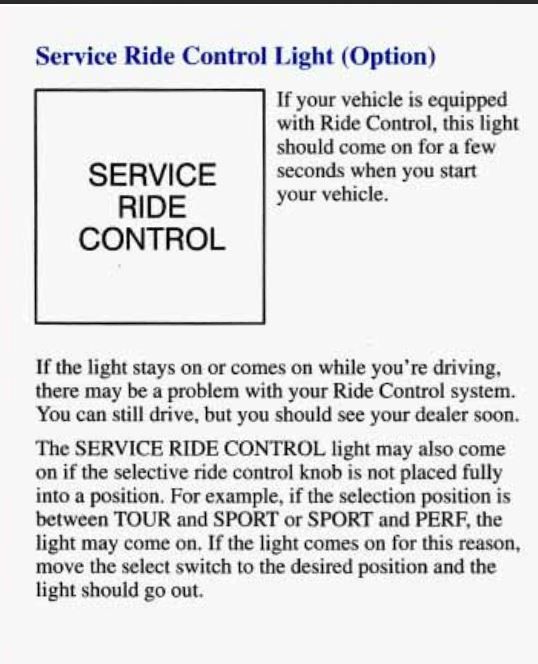
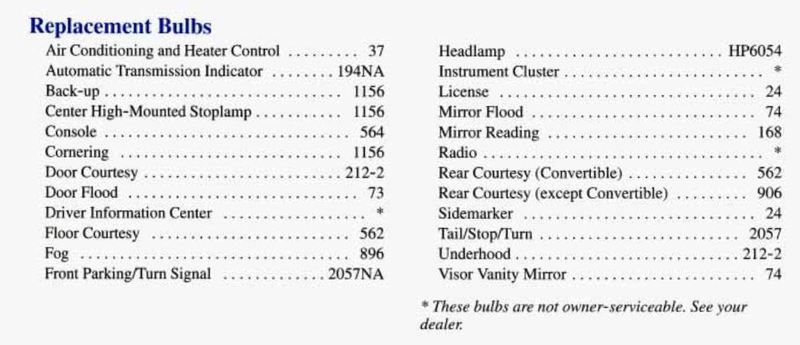
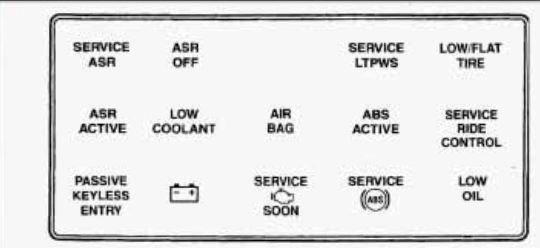
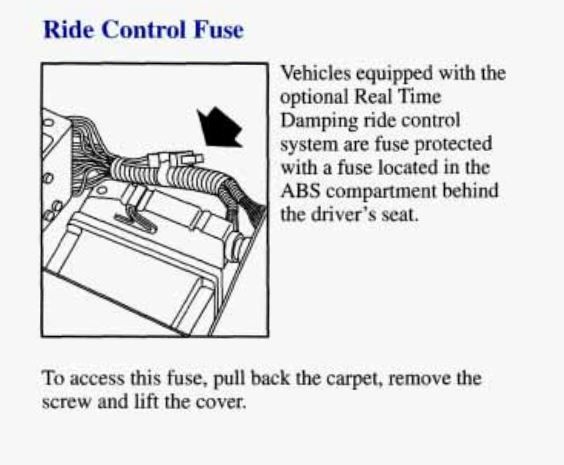
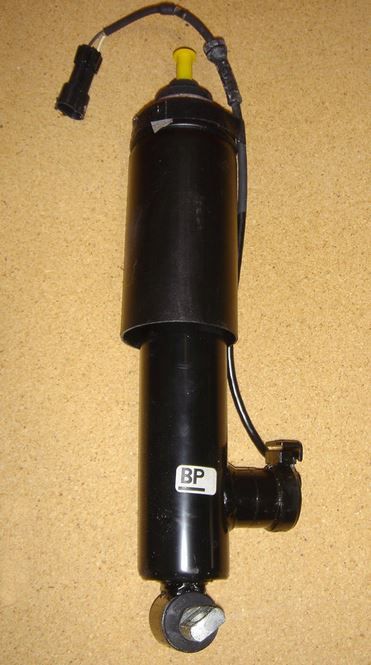
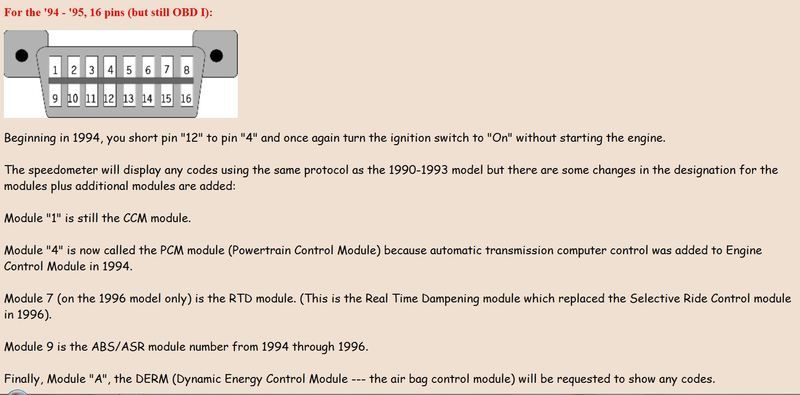
 ad
ad



